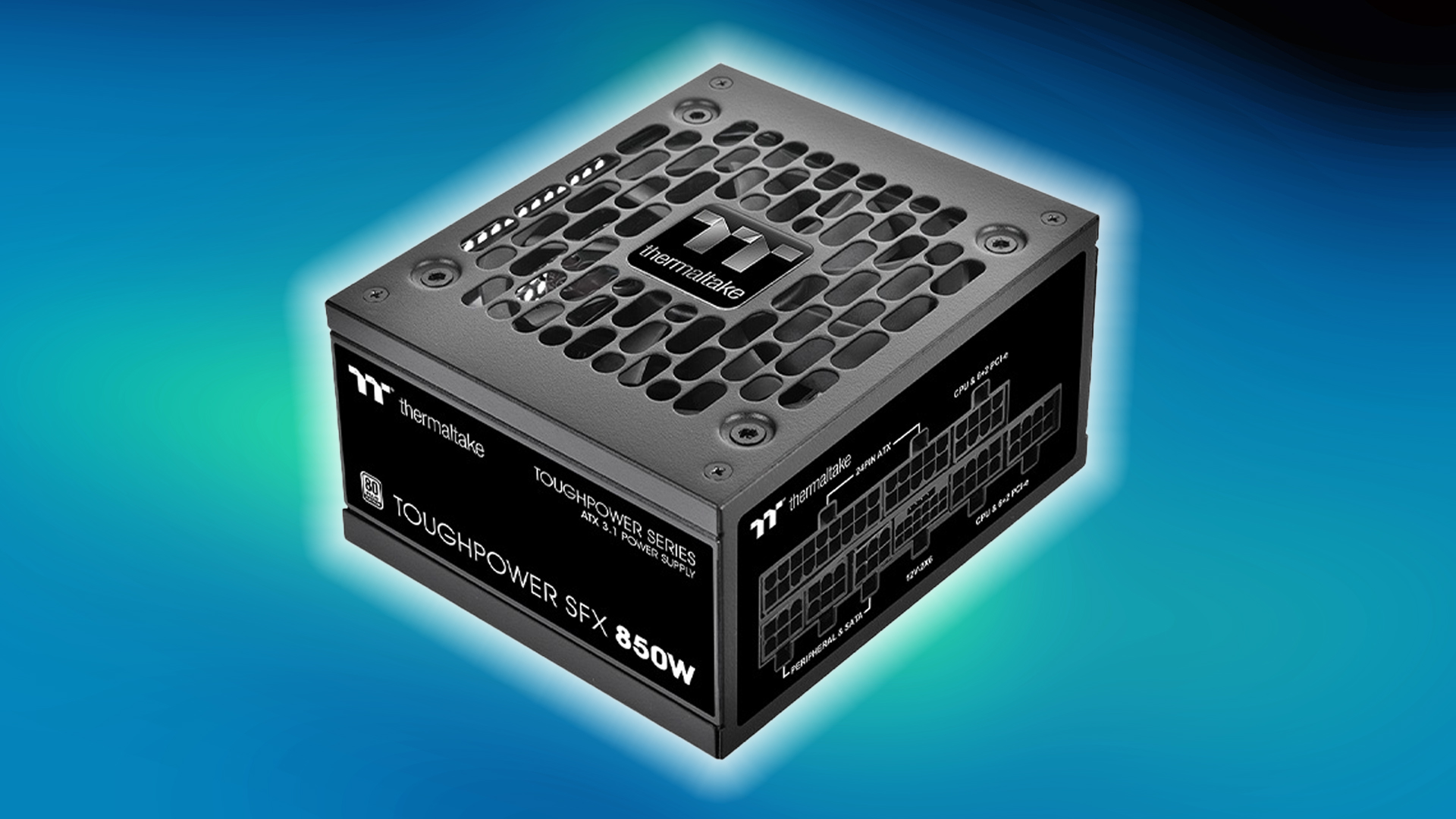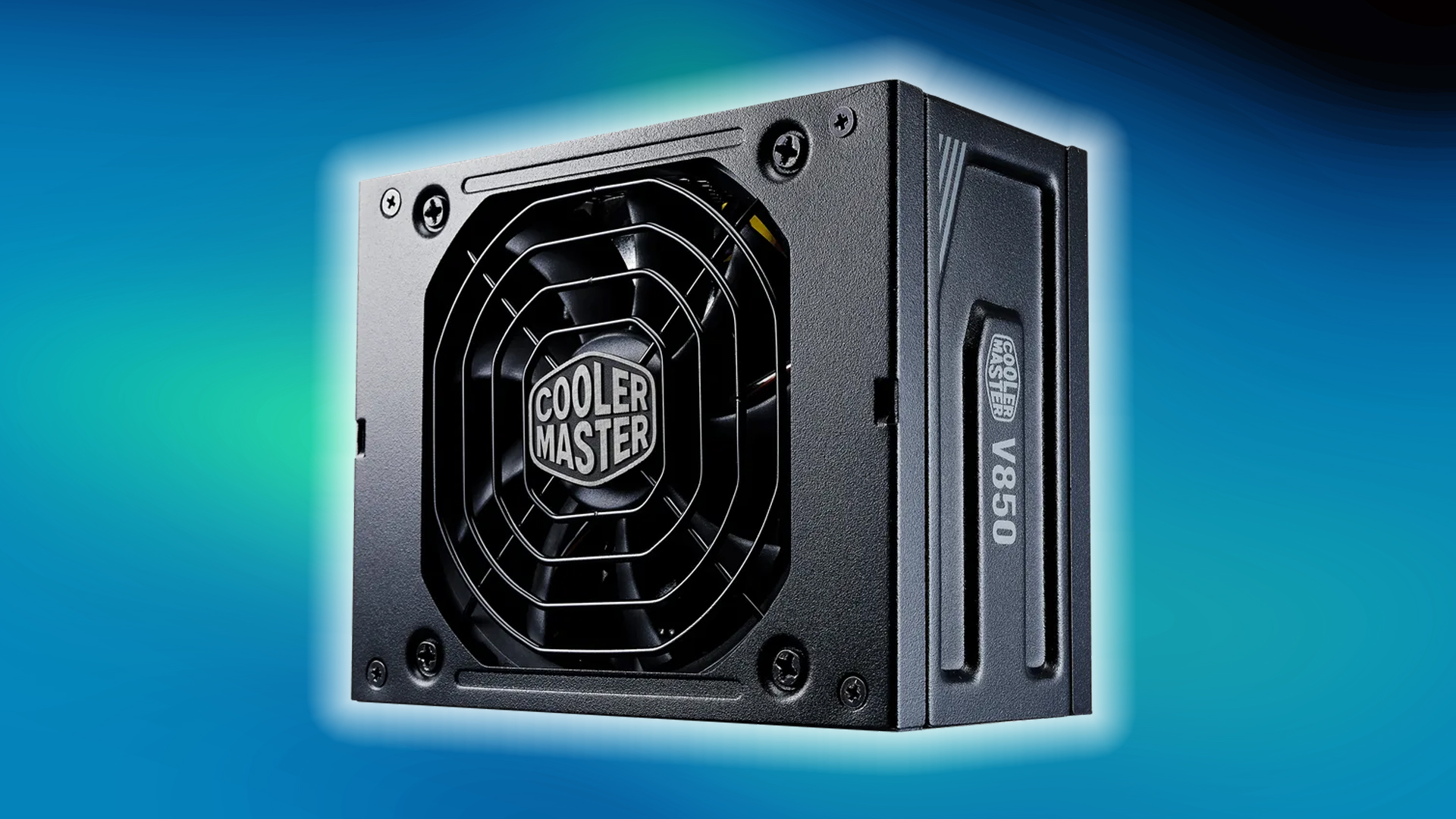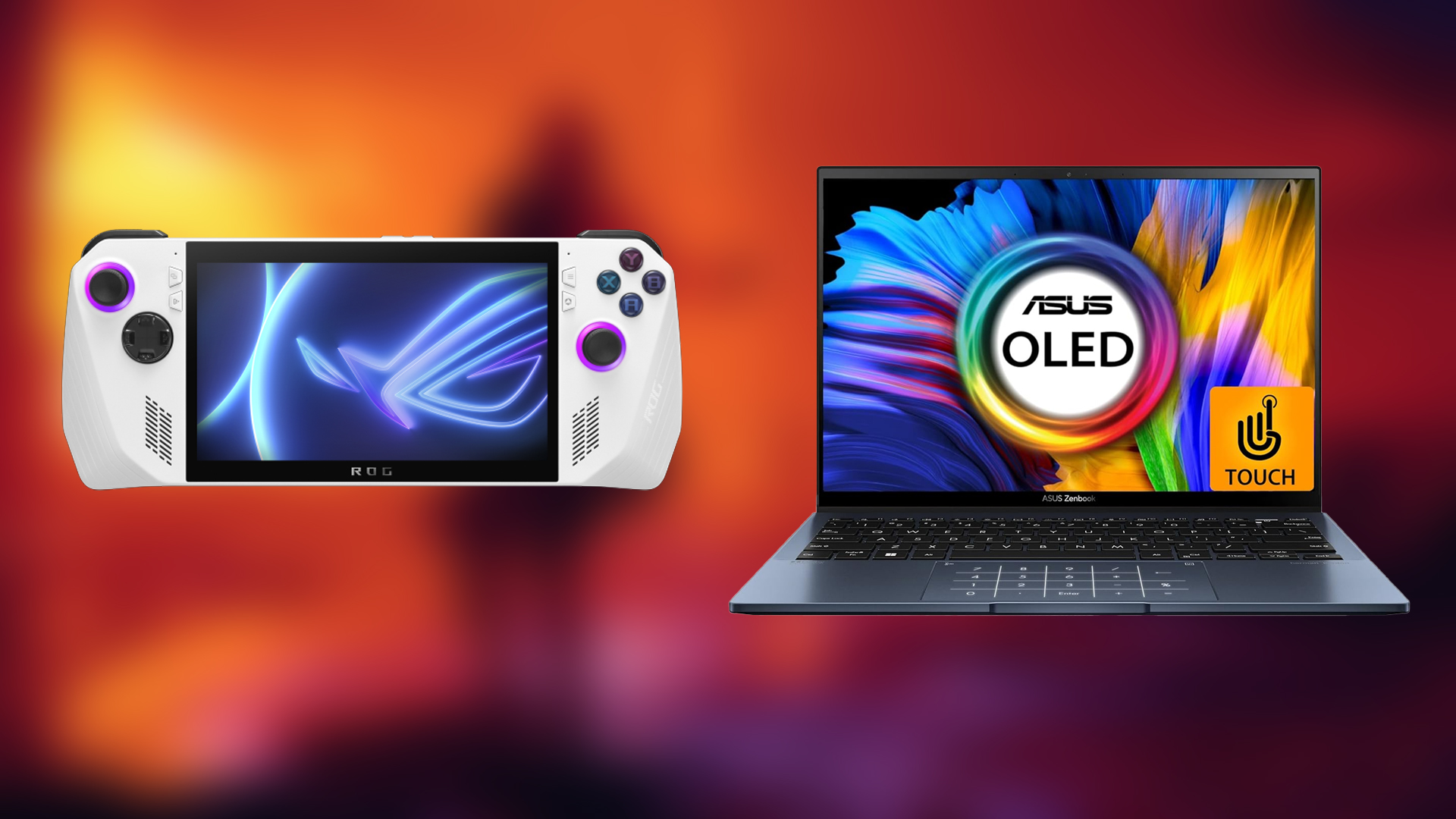This article helps the end-user pick the correct power supply unit (PSU) and discusses essential factors such as ATX 3.1.

Selecting the appropriate power supply unit (PSU) can be challenging. One move wrong can impact your system’s stability, longevity, and performance. While gamers often focus more on graphics cards and processors, the PSU is the system’s backbone. It is responsible for providing clean and stable power to all components. This article will help you choose the correct PSU for your gaming rig or workstation, whether you are planning a new one or upgrading an existing one.
Note: Budget is an important factor when selecting a PSU, but you should aim for at least an 80 Plus Bronze-certified model. The efficiency ratings, from lowest to highest, are:
80 Plus (White) → Bronze → Silver → Gold → Platinum → Titanium. In general, it’s a good idea to avoid the white standard.
Determining Your Power Supply (PSU) and Power Requirements

The first and foremost goal is to confirm: how much is your power budget? The wattage requirement primarily depends on your components, especially the CPU and GPU, which are the most power-hungry parts.
Calculating Your Power Needs
To determine your power requirements, follow these steps:
- Identify your GPU’s power draw or TDP (Thermal Design Power)
- Find out your CPU’s power requirements, also in TDP (Thermal Design Power).
- Add approximately 150W for other components (motherboard, fans, memory, storage)
- Add in an extra 150W of headroom for efficiency and future upgrades.
This method provides a reliable estimate for most gaming PCs. For example, if you have a high-performance GPU (300W) and CPU (125W), add 300W of overhead for a total of 775W, suggesting a 750W or 850W PSU would be appropriate.
Several online tools, such as MSI’s Power Supply Calculator and Seasonic’s watt calculator, can help with more precise calculations.
PSU Requirements Based on GPU Tiers

Here are some general recommendations based on popular graphics cards:
- RTX 5070/5070 Ti: At least 650- 750W PSU recommended
- RTX 5080: 850W PSU with ATX 3.1 support
- RTX 5090: 1000W PSU recommended
- RTX 4070/4070 SUPER: 750W PSU
- RTX 4080/4080 SUPER: 850W PSU
- RTX 4090: 1000W PSU (NVIDIA recommends at least 850W with 80+ Platinum)
A good rule of thumb is to add the wattage of your main components and factor in an extra 20-30% buffer for future upgrades and peak loads. Users looking to overclock can also consider adding another 10%.
80 PLUS Certification Levels
As mentioned, even the cheapest systems should target 80+ bronze at a minimum. This standard 80 Plus white efficiency means that the PSU is 80% efficient at various loads. Higher tiers = better efficiency and premium components.
Most gaming PSUs today are at least 80 Plus Gold rated, which offers a good balance of efficiency and cost. Higher tier PSUs, such as titanium and platinum, reach over 85-96% as they peak at around the 35-50% workload.
Form Factors and Physical Compatibility
Depending on your build’s form factor, there are several power supplies available to fit in with your PC Case:
- ATX/ATX12V: Standard for most desktops; fits the majority of mid- and full-tower cases.
- SFX/SFX-L: Smaller, designed for compact and mini-ITX systems; can fit larger cases with an adapter.
- TFX: Very slim, used in ultra-compact builds
Check your case specifications for supported PSU sizes, as improper fit prevents installation or restricts airflow.
Understanding ATX Standards
An ATX 3.0 or 3.1 PSU ensures compatibility and safety with current and next-generation graphics cards. Here’s what we know about the latest ones on the offer.
- ATX 3.0: The 12VHPWR (16-pin) connector was introduced, supporting up to 600W for modern GPUs and better handling power spikes.
- ATX 3.1 updates the 12VHPWR connector (now 12V-2×6) for improved safety and reliability, introduces new low-power modes, and aligns with PCIe 5.1 standards, making it ideal for RTX 50-series GPUs.
PSU Connectors Essential for Gaming PCs
A PSU in 2025 should provide the following connectivity options:
- 24-pin ATX: Motherboard power
- 4+4 or 8-pin EPS: CPU power
- PCIe (6+2 pin or 12VHPWR/12V-2×6): GPU power
- SATA: Drives and accessories
- Molex: Legacy devices
For RTX 40/50-series GPUs, ensure your PSU has the correct 12VHPWR or 12V-2×6 connector to avoid adapters or connectivity issues, which in the long term harm your purchase.
Conclusion
As mentioned before, budget is a key factor in choosing anything, but it should be adjusted according to your hardware needs for a PSU. Also, remember to pick brands offering higher warranty coverage than others, and often use premium components, such as Japanese capacitors. In the end, the PSU that lasts the longest wins everything.
Looking For More Related to Tech?
We provide the latest news and “How To’s” for Tech content. Meanwhile, you can check out the following articles related to PC GPUs, CPU and GPU comparisons, mobile phones, and more:
- 5 Best Air Coolers for CPUs in 2025
- ASUS TUF Gaming F16 Release Date, Specifications, Price, and More
- iPhone 16e vs iPhone SE (3rd Gen): Which One To Buy in 2025?
- Powerbeats Pro 2 vs AirPods Pro 2: Which One To Get in 2025
- RTX 5070 Ti vs. RTX 4070 Super: Specs, Price and More Compared
- Windows 11: How To Disable Lock Screen Widgets
 Reddit
Reddit
 Email
Email


